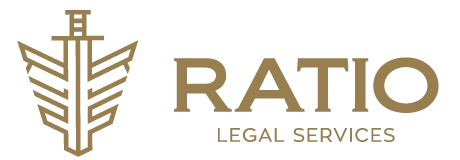Registering industrial designs is a critical step in safeguarding a company’s visual innovation and preserving its competitive edge in the marketplace. An industrial design refers to the external appearance of a product, or part of a product, resulting from elements such as the contour, lines, shape, texture, or even the materials used. For an industrial design to be granted protection, it must be new—meaning it has not previously been disclosed in a similar form—and possess individual character that distinguishes it from existing designs.
In Greece, industrial designs are registered through the Hellenic Industrial Property Organization (OBI). The registration process involves submitting an application, which can be done either online or in hard copy, accompanied by clear representations (drawings or photographs) of the product or its part. The OBI examines whether the requirements concerning novelty and the application’s formalities are met, and if no issues arise, it proceeds with the publication of the industrial design. Protection initially lasts for five years, and the rightsholder may renew it every five years, up to a total of 25 years.
For those seeking broader geographic coverage, an alternative option is to file an application with the European Union Intellectual Property Office (EUIPO). Opting for a Registered Community Design (RCD) allows you to protect your design in all EU Member States with a single application, which is highly advantageous for businesses operating or planning to operate in international markets. RCD protection also begins with a five-year term and may be renewed in five-year increments for up to 25 years. Additionally, the Unregistered Community Design (UCD) provides automatic and cost-free protection for three years from the date the design is first made available to the public within the EU, although this type of protection is more limited, as the rightsholder must prove that any alleged infringement resulted from copying.
Choosing between national and EU-wide protection depends on the business’s needs and target markets. National registration is ideal for those whose activities are focused primarily on the Greek market, while a European registration is better suited to companies that already engage in export or plan to expand beyond national borders. In either case, conducting a preliminary search in databases such as DesignsView is crucial to ascertain whether there are any similar pre-existing designs that could obstruct registration. It is equally important to provide high-quality and detailed representations of the design, and companies may, if they wish, opt to defer the publication of the design for a set period (up to 30 months at the EU level) to keep it confidential in the early stages.
Registering an industrial design is a key investment for a business, securing the exclusive right to use and exploit the visual identity of its products. Not only does this prevent unauthorized copies by competitors, but it also strengthens the overall value of the brand. At Ratio Legal Services, we offer comprehensive legal services for the registration of industrial designs in both Greece and at the European level, supporting you throughout every stage of the process and ensuring the highest level of protection for your innovation and creativity.




